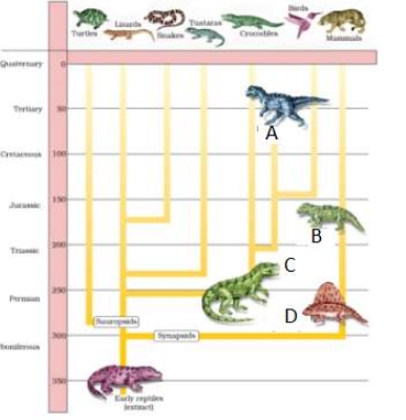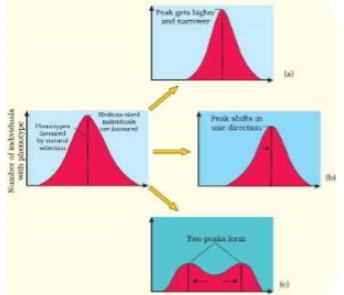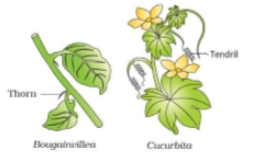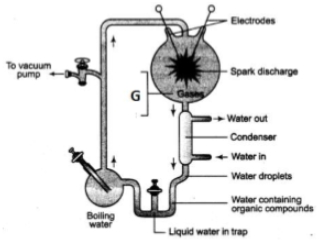Identify the correct statement:
1. Dryopithecus was more man like than Ramapithecus
2. Homo Habilis probably did not eat meat
3. Homo Erectus had a cranial capacity of around 800 cc
4. Agriculture came around 18000 years ago
Most fossils are found in:
1. Granite
2. Sedimentary rocks
3. Lava flows
4. Black soil
Darwin believed that certain parts of the body get larger and more complex through the generations because they :
1. are used more extensively than other parts
2. contribute to greater reproductive success
3. are pre-determined to do so
4. are most similar to God's perfection
The wings of a bird and that of an insect are:
1. Analogous structures
2. Homologous structure
3. Vestigial structures
4. Useless structures
Genetic drift occurs when a few individuals of a species colonize an island. The particular phenomenon is known as:
| 1. | The bottleneck effect |
| 2. | The founder effect |
| 3. | Assortative mating |
| 4. | Random mating |
Directional selection favours:
(1) Both extremes of a trait
(2) Intermediate form of a trait
(3) Environmental differences
(4) One extreme form over the other extreme form and over intermediate forms of the trait
Given below is the representative evolutionary history of vertebrates through geological periods. A,B,C and D respectively are :

1. Dinosaurs, Thecodonts, Therapsids and Pelycosaurs
2. Dinosaurs, Therapsids, Thecodonts and Pelycosaurs
3. Pelycosaurs, Therapsids, Thecodonts and Dinosaurs
4. Therapsids, Dinosaurs, Pelycosaurs and Thecodonts
Karn & Penrose showed that birth weight follows a normal distribution, that mortality for newborns is greater for those either under-or over-weight, and that the mean birth weight (7 lbs) coincides with that showing minimum mortality. The type of natural selection operating here is shown by the graph :

1. (a)
2. (b)
3. (c)
4. Both (a) and (b)
The following two plants exhibit :

1. Analogous organs
2. Vestigial organs
3. Rudimentary organs
4. Homologous organs
In the apparatus of Urey and Miller experiment the gases [G] contained in the flask are :

1. Methane, Carbon dioxide, Ammonia and Water vapour
2. Methane, Hydrogen cyanide, Ammonia and Water vapour
3. Methane, Ammonia, Hydrogen and Water vapour
4. Carbon dioxide, Oxygen, hydrogen and ammonia






